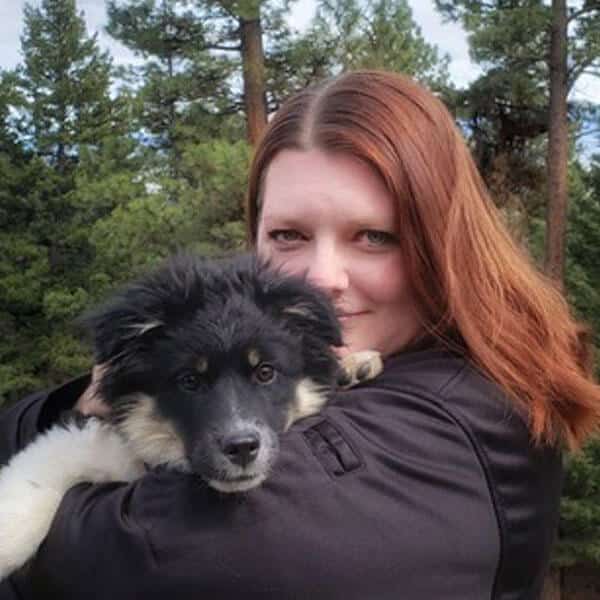Learn to Process Your Own Meat
August 1st, 2021
4 minute read
Last year was a rough one; many people found themselves affected negatively by everything from coronavirus restrictions to supply shortages to civil unrest. While people hoped desperately for 2021 to signal a change back to relative normalcy, it appears that’s not to be the case. The ripple effects of 2020 are spreading, and this year is adding its own challenges.
One thing that most experts can agree on is that food is going to be a huge issue this year. Months of lowered production and shutdowns at the manufacturers and packaging plants mean less product available, and if you’re the kind of person who relies on their weekly or even daily grocery store run to keep food on your table, you may already be feeling that pinch.
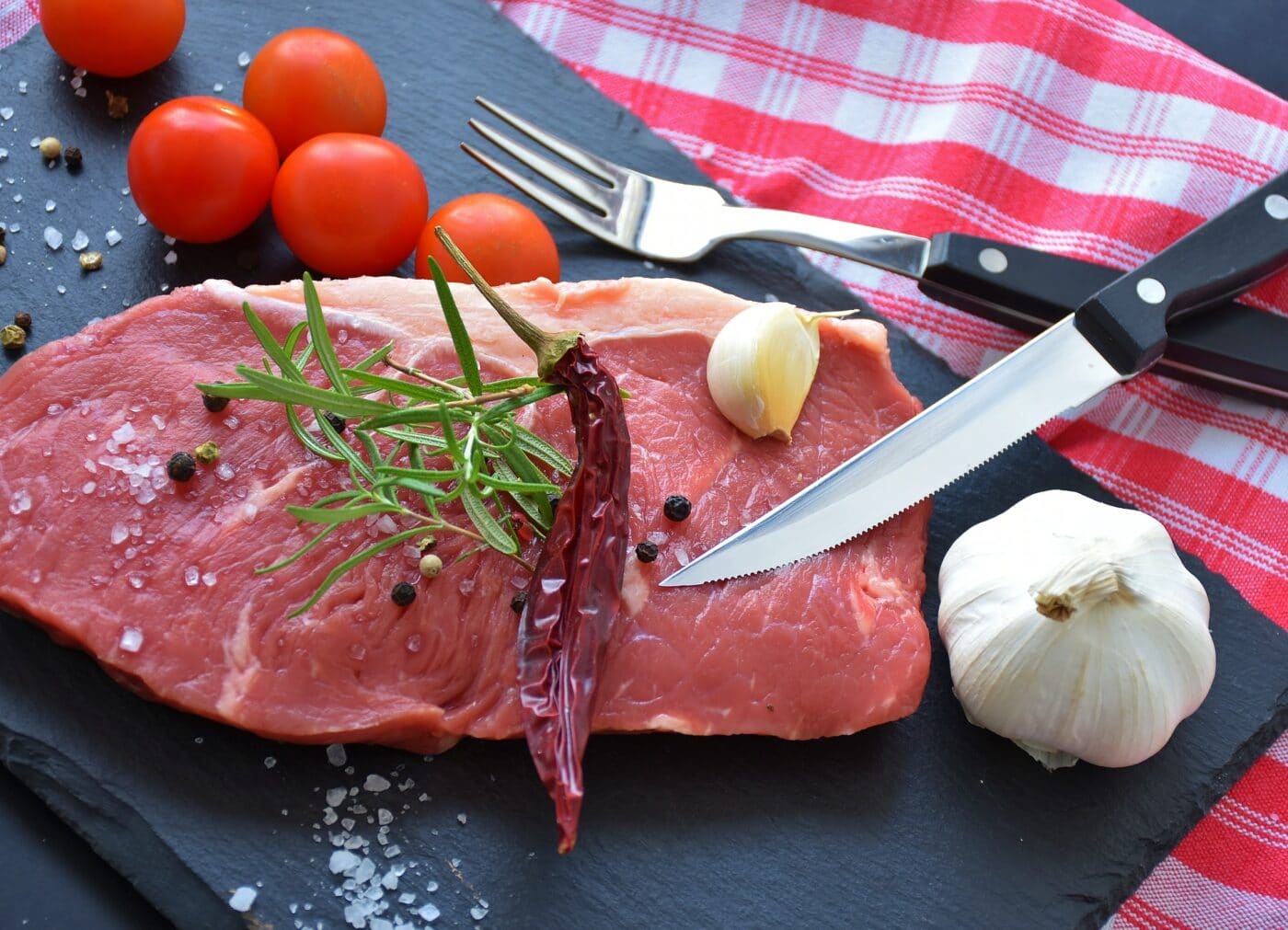
Where most people were happy getting their meat from the display case at the local grocery store, a desire to have more control — and availability — of meat has led many to start purchasing directly from local farms or even relying more on game like venison. There’s a problem with that, too, however; processors are backed up in many cases until 2022. That means the deer you just harvested isn’t going to be stacked neatly in your freezer for many months to come. In places like Wisconsin, where taking a hog or steer to butcher is normally a routine occurrence, the bottleneck is so severe that farmers would have to put in a reservation for market before the affected hog’s mother is born.
This all means two things for you, the consumer: You need to raise and process your own meat.
Choosing the Right Meat
There is a way for you to raise your own meat just about anywhere. Even an apartment dweller can usually supplement their meat supply with a pair of breeding rabbits, and a suburban home with a small backyard can still have a few broiler chickens or even ducks. If you have a larger backyard you could raise a pair of Boer meat goats, sheep, or a hog. While the phrase “beef cattle” might conjure up images of sprawling ranches and wide-open land, it’s quite possible to raise a cow/calf pair on as little as two acres for a year.
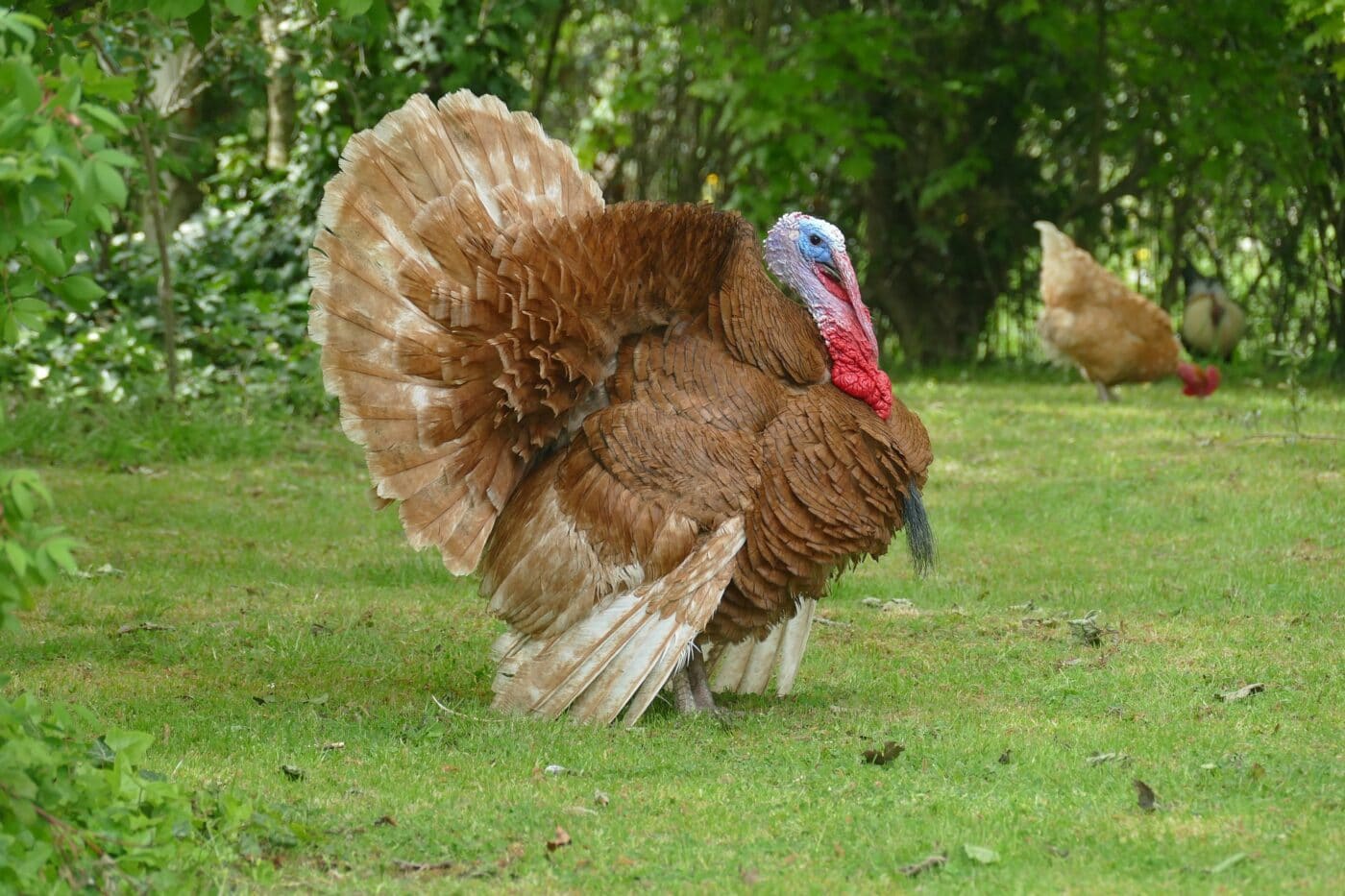
Your taste buds shouldn’t be dictating what you raise — your amount of room available for the animal will. You may have your heart set on the idea of a thick porterhouse steak raised on your own land, but if you’re working with a backyard in suburbia that barely has enough room to play fetch with your dog, you’ll need to be a bit more realistic about what you can raise. You can also sometimes work out a deal with a local homesteader; they may be willing to house and care for your larger animal in return for the cost of feed and a percentage of the meat when it’s finished. Don’t discount the possibility of barter or trade when it comes to finding a good arrangement.
Going Farm to Table
If you spent the 2020 lockdowns learning new skills — especially those that will aid in your survival of things like food shortages — then you probably already know that there is a wealth of information out there to help you get started.
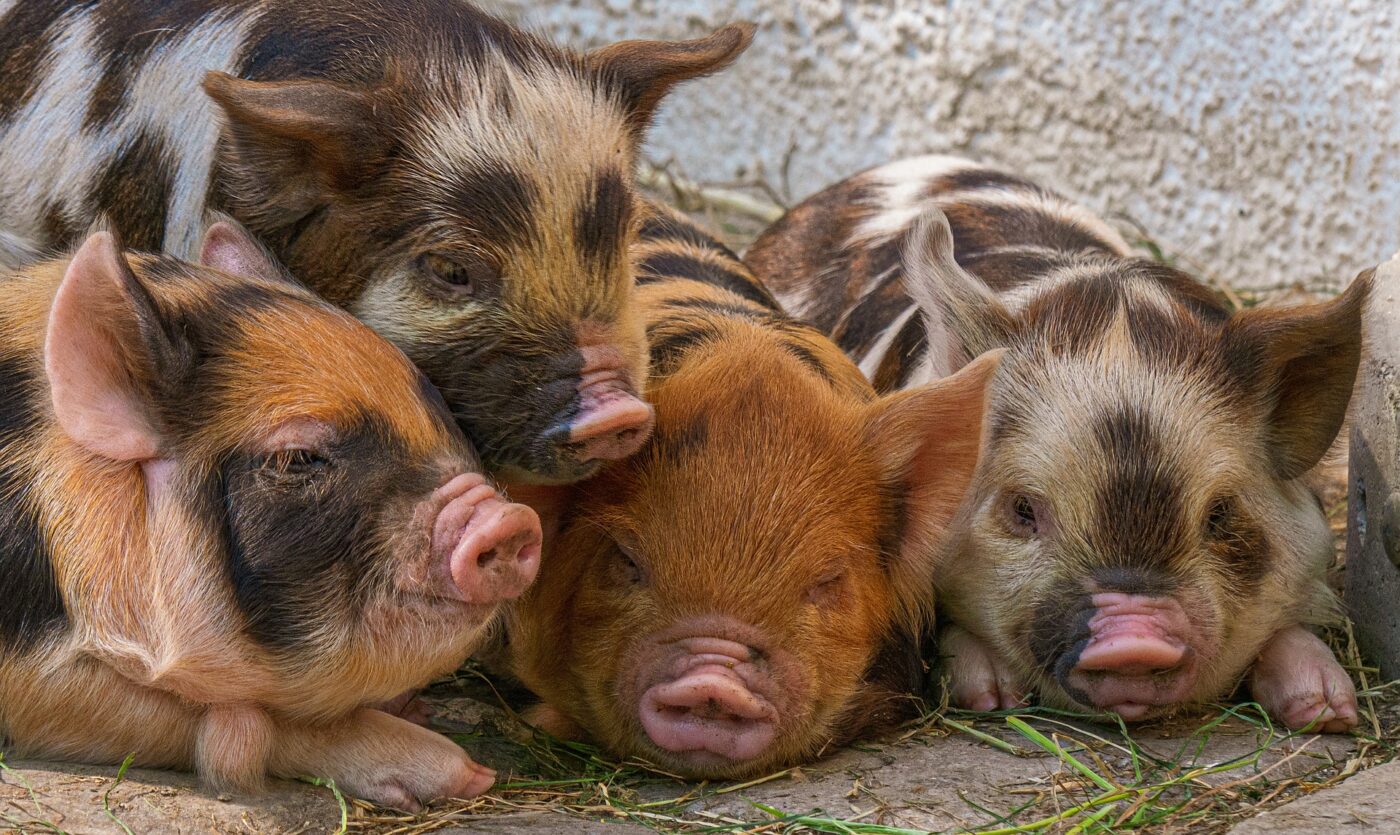
When we left our corporate city life and began a small homestead in western Montana several years ago, we joked that we were YouTube farmers; we read book after book and watched thousands of YouTube videos on everything from how to choose animals for meat to how to care for and even process them. A few short years later, we have everything from goats to sheep to pigs, chicken, ducks, and rabbits, and we eat better than we ever have. We don’t have the room for a beef steer, but the lack of steak isn’t even a problem when we’re sitting down to fresh eggs, home-cured bacon, roast duck, fried chicken or rabbit stew. All our meat comes from right here on the farm, where we know exactly what it was fed and how it was raised. If you’ve only ever eaten grocery store meat, you have no idea what you’re missing.
Tools and Setup
Processing your own meat doesn’t need to be an overly expensive or even overwhelming prospect. You’ll need a set of good knives, of course, and for bigger animals like hogs it helps to have some way to hang them, but there are ways to process without fancy equipment too.
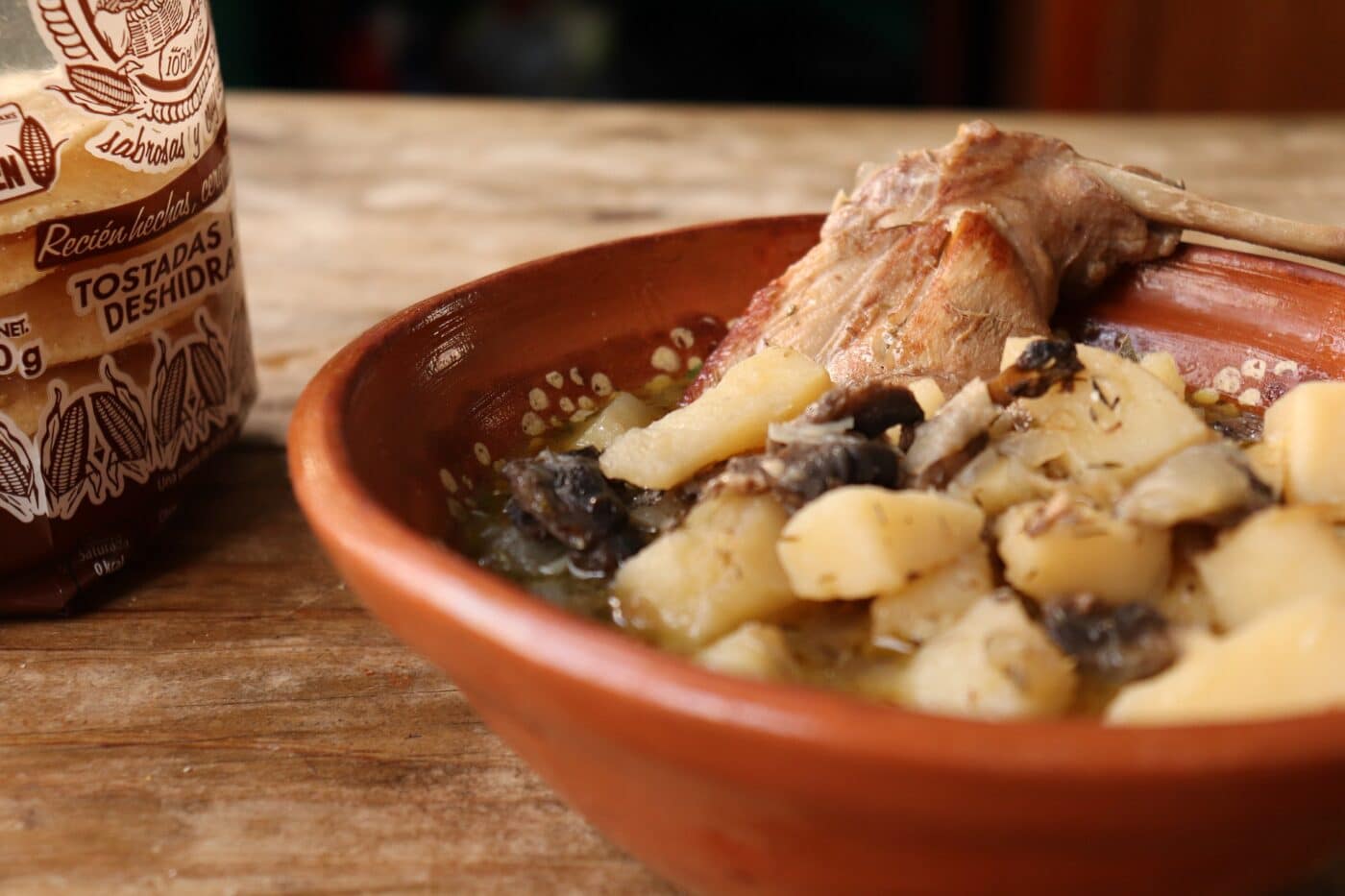
You will want to investigate how you’ll store your meat; a chest freezer is great if you can find one. Those seem to be in short supply too these days, so you may have to settle for a used one. If you go the freezer route, you’ll need plastic wrap and freezer paper. Alternatively, you can get a vacuum sealer and bags; this method cuts down on freezer burn if your meat will be stored for a longer period. For the more adventurous, investigate freeze-drying or other non-refrigerated storage methods.
Go Forth and Process
If the current food shortage gets any worse, you’ll need to be able to procure meat for yourself by other means than the local store. Start researching now; spring is the best time to get started!
Editor’s Note: Be sure to check out The Armory Life Forum, where you can comment about our daily articles, as well as just talk guns and gear. Click the “Go To Forum Thread” link below to jump in!
Join the Discussion
Continue Reading
Did you enjoy this article?

 62
62





